The Pros and Cons of an Open Floor Plan: What You Need to Know
Open floor plans were once all the rage among home designers, but has the last couple of years changed this trend forever?
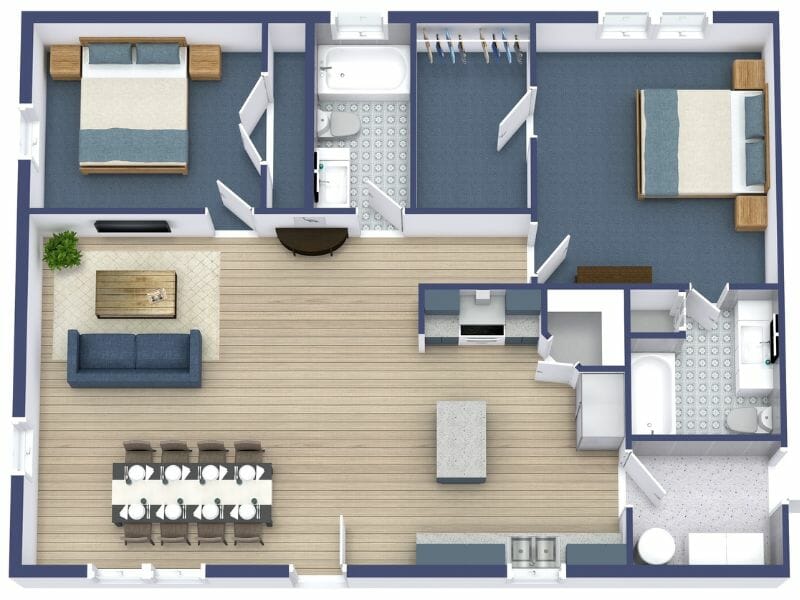
While there are still stand-out benefits in open floor plan design, you also need to consider the practical aspects of knocking down those walls and creating one large open space.
In this article, we’ll take a deep dive into the history of the open floor plan, the advantages and disadvantages, possible configurations, and some examples to spark your creativity.
But first, let’s define exactly what an open floor plan is.
What Is an Open Floor Plan?
An open floor plan (also known as open plan or open concept) is a design approach that embraces large open spaces and minimizes the use of dividing walls and enclosed rooms.
It’s the opposite of a traditional or standard floor plan, where individual rooms are separated using doors and connected with corridors.
Homes with open plan layouts are made possible using heavy-duty beams, steel frames, pillars, arches, and half-walls. These construction techniques create large open spaces while also ensuring the structural integrity of the building.

History of the Open Floor Plan
The idea of open-plan living first became popular in the post-war years. As families with more children increased, formality gave way to a more casual living style. The 1950s brought a less formal, more relaxed social ideal that homeowners embraced. Family bonding, socializing, and entertaining began taking priority over privacy and segregation.
Innovation in central heating systems and insulation technology made them more effective. It was no longer essential to have closed-off spaces to trap heat from stoves or fireplaces.
Builders and designers also realized they could save money by squeezing the functionality of a standard home into fewer square feet. Improved building materials and techniques made open floor plan homes easier and faster to build than ever.

Advantages of Open Floor Plans
Here are the main advantages of living in an open-plan house:
- Improved communication: Whether you’re throwing a party, talking to your family, or working on a project, an open floor plan brings people together and makes collaboration easier.
- Better lighting: Walls block light, and rooms with small windows can sometimes feel gloomy. An open-plan design allows light to pass through your entire home for a more relaxed vibe.
- Excellent ventilation: Large open spaces are less stuffy and promote airflow. This helps prevent dampness and makes your home feel cooler during summer.
- More flexible: It’s easier to rearrange your furniture with fewer walls restricting your options. A large open space also allows you to create multifunctional areas in your home.
- Maximize available space: Taking down a dividing wall creates significant extra floor space. A single large room provides more square footage than several divided rooms (on the same plot).
- Efficient traffic flow: Removing corridors and doors makes moving around your home easier. Ideal for large families during that busy morning routine.
Disadvantages of Open Floor Plans
Open floor plan design has the following drawbacks:
- More noise: With fewer walls to block out sound, an open floor plan home can be noisy. Not ideal if you need to study or take a nap on the sofa.
- Heating costs: Heating a large open space is less efficient than staying warm in a small closed-off area. You may see costs increase during the winter months.
- More cluttered: Out of sight, out of mind, is harder to achieve in an open floor plan home. Things can get cluttered very quickly without regular tidying.
- Less privacy: We all have moments when we need to get away from it all and have some alone time. But you’ll have fewer places to hide in an open plan home.
Open Floor Plan Configurations
When it comes to open-plan configurations, there are several options you can choose from, some more common than others.
Kitchen, living, and dining
This is one of the most popular open-plan configurations. Joining these three communal areas is perfect for dinner parties, allowing you to cook while entertaining guests.
It allows family members or party guests to retire to the sofa after dining and still remain part of the conversation.
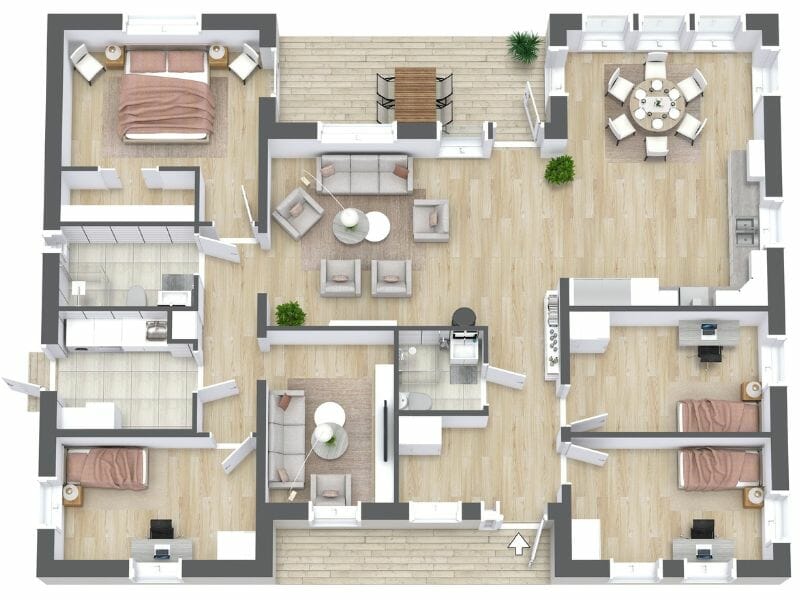
Kitchen and dining
If you prefer to keep the lounge area separate, connecting just the kitchen and dining room is another open-plan option. This gives you the advantage of blocking out the noise and smells of food prep from the rest of your home. Often an island or peninsula creates a delineation between the kitchen and dining area.
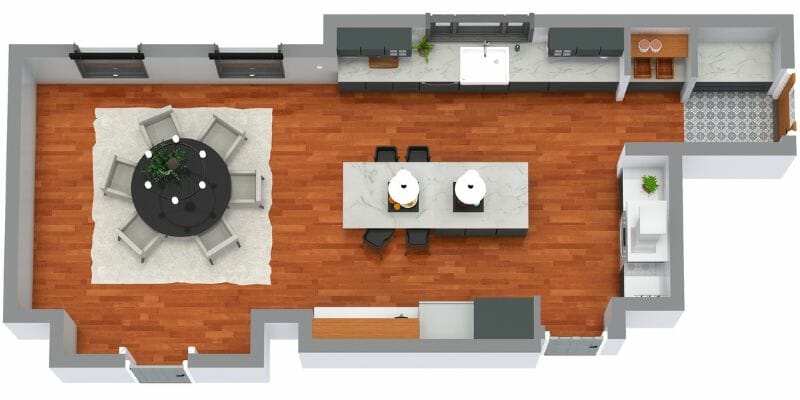
Kitchen, living, dining, and bedroom
For a complete open floor plan home, why not combine everything but the bathroom? This configuration maximizes the floor space of small studio apartments and is perfect for individuals or couples.
You can use a temporary divider for your bedroom to maintain some privacy. Bear in mind this will do little to block late-night TV noise. If living with a partner, you’ll need to synchronize your routine or look for alternative solutions like headphones or earplugs.
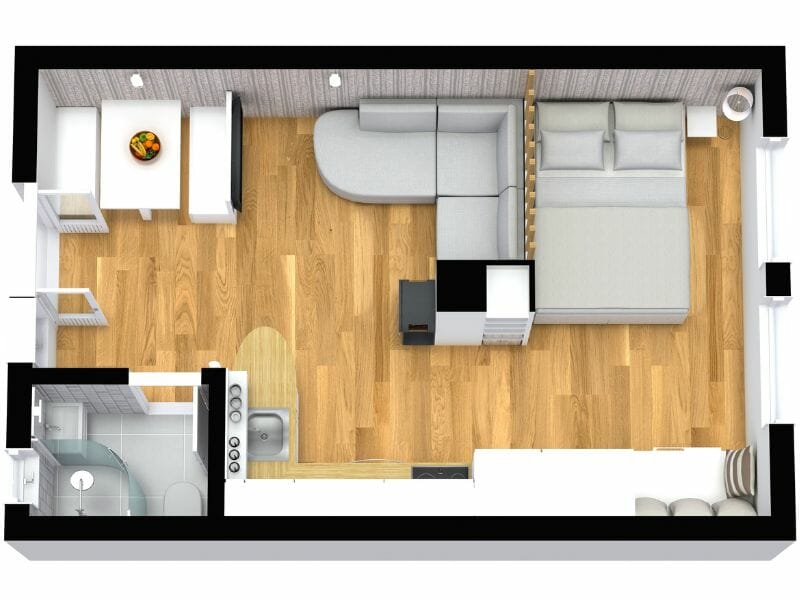
Frequently Asked Questions (FAQ)
In a word, walls! A closed floor plan uses internal walls, doors, and corridors to separate different rooms, while an open floor plan uses one large multipurpose living space.
No! Despite recent events highlighting the need for privacy, the advantages of open-plan living make open floor plans as popular as ever.
Generally speaking, yes. Open-floor plans remove internal walls, which creates more floor space. This can increase the resale value of your home by up to 15%.
Some science-based steps to reduce noise and echoes include using soft furnishings, plants, and carpets. You can also try noise-canceling headphones or earplugs.
Open Floor Plan Examples
Here are some beautiful examples of open-floor-plan homes.
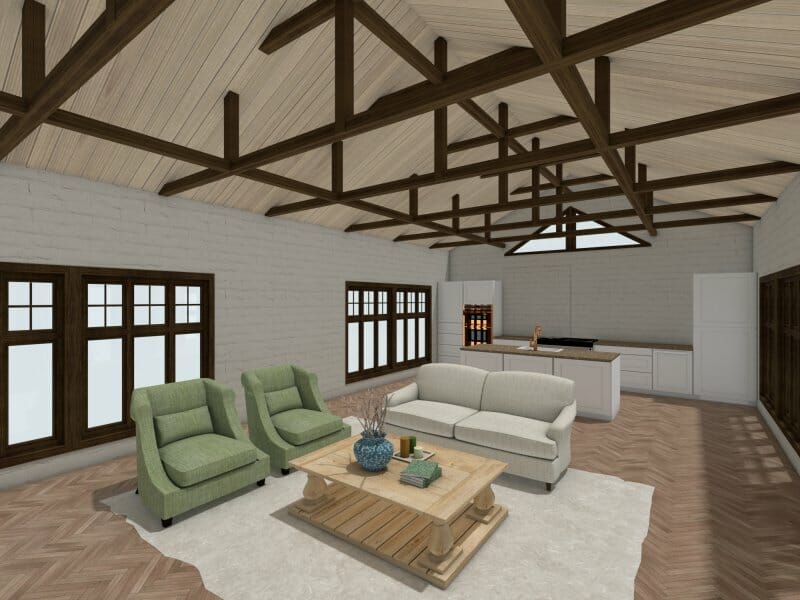

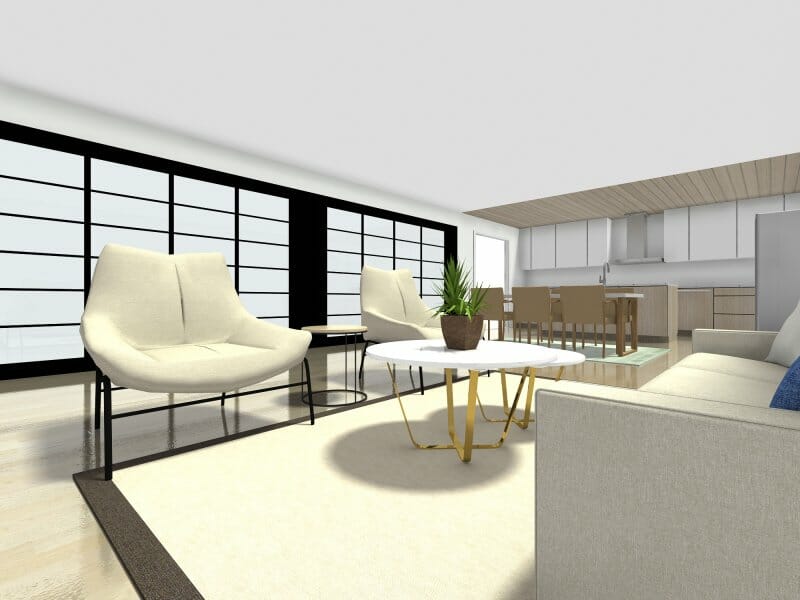
Design Your Open Floor Plan With RoomSketcher
If you’re thinking of knocking down some walls to take advantage of open-concept living, you’ll first need to plan your project.
And whether you’re using a professional architect or just considering different ideas, our design app can help.
RoomSketcher lets you draw detailed 2D floor plans with ease. You can even place furniture, reposition windows, and doors, or generate hi-resolution 3D images of your ideas.
Don't forget to share this post!
Recommended Reads
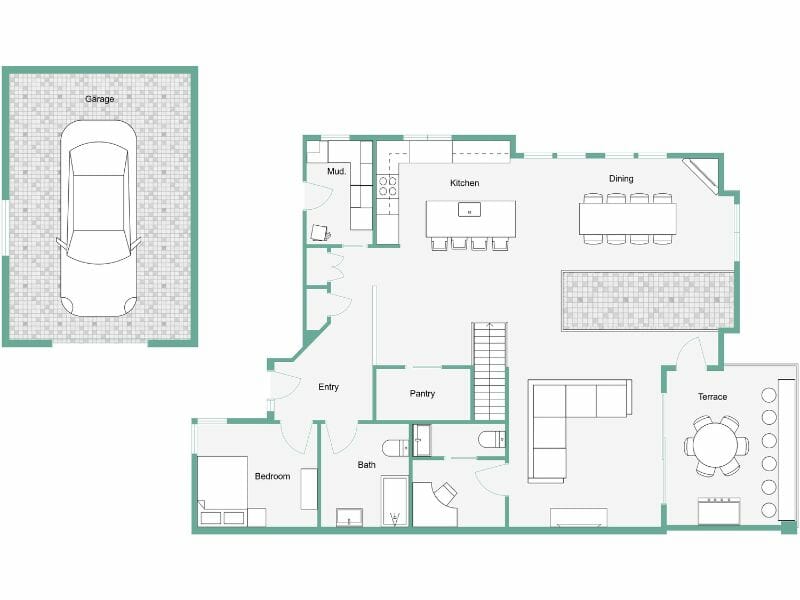
What is Gross Living Area (GLA) and How Do You Calculate It?
Learn what Gross Living Area (GLA) means, why it's important, and how to accurately calculate it for a property. Discover our expert guide.
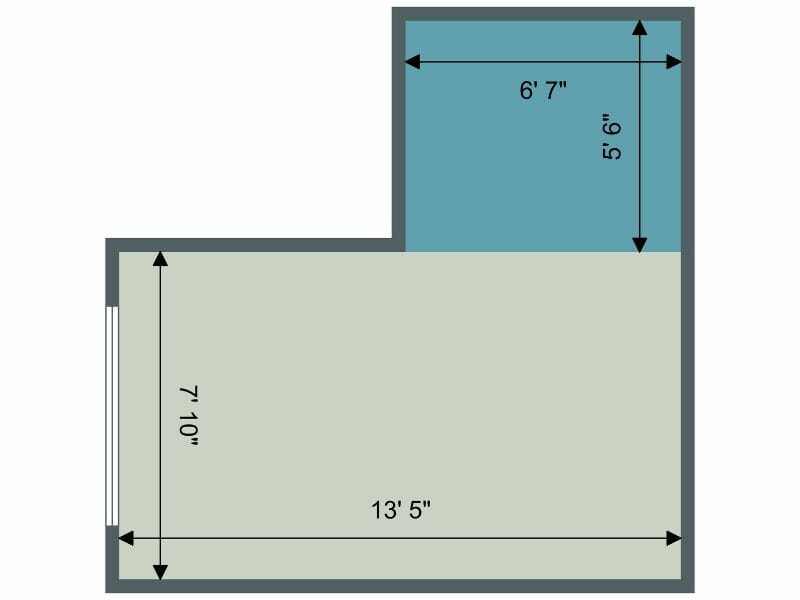
How to Measure Floor Area
Measure floor areas easily, quickly, and accurately. The correct results are essential for ordering materials for renovation projects, preparing sales and marketing materials for a property, and designing the furniture layout.
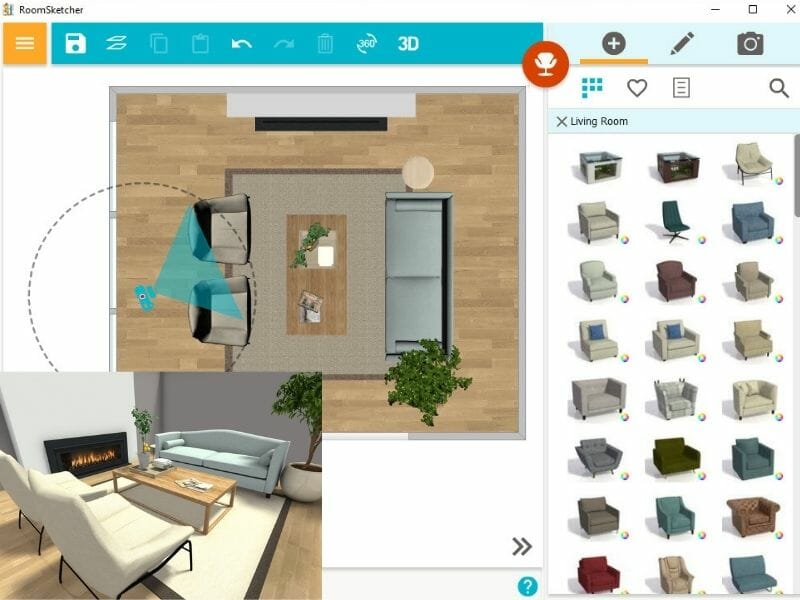
How to Arrange Furniture With a Floor Planning Tool
Nervous about making the first brush stroke and designing the furniture layout? A floor plan furniture arranger app will help you conceptualize the possibilities and make decisions that will transform even awkward spaces into works of art.
